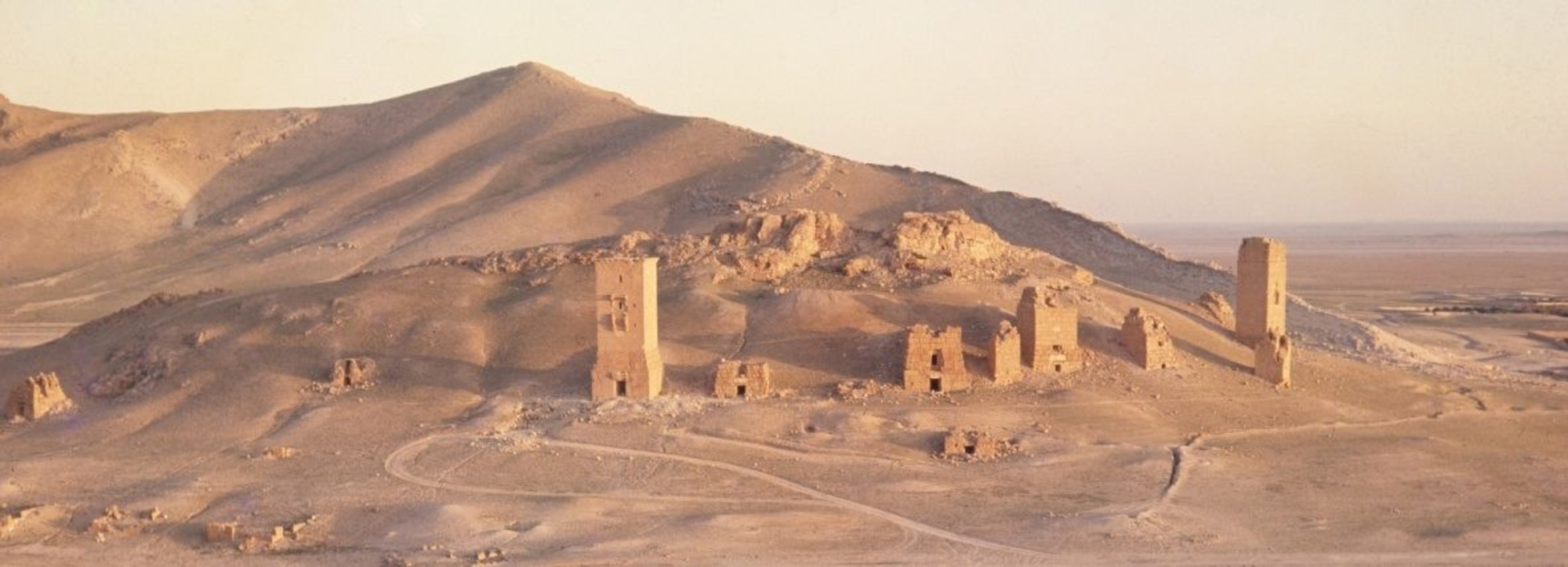
- Home
- Explore the site
- The rediscovery of Palmyra
- Archaeological missions
Palmyra was subsequently explored by archaeologists from many other countries, each working on specific areas of the site. The first general excavations were led by German archaeologists Otto Puchstein and Theodor Wiegand, in 1902 and 1917 respectively.
French excavations in the 1930s
In 1929, the Frenchman Henri Seyrig, then Director General of Antiquities for Syria and Lebanon, began intensive excavation at the site, a task interrupted by the Second World War. The architect Robert Amy excavated the Temple of Bel in 1929, and theagora between 1939 and 1940. Others explored the area around Palmyra, including the Frenchman Daniel Schlumberger between 1934 and 1935, who studied local sanctuaries in villages close to the site. A few years later, Frenchman Robert du Mesnil du Buisson excavated the Baalshamin Temple, one of Palmyra's outstanding monuments.
More recent work
Since 1958, the site has been studied by Polish archaeologists, teams led by the Syrian Director General of Antiquities, and a French mission from 2001 to 2008 led by Christiane Delplace. The Syrian team excavated the Temple of Nabu, among other sites, while the Polish team focused on the necropolis, and uncovered a stone statue of the winged goddess of victory, Nike, in May 2005. Excavations have been suspended since the beginning of the conflict in Syria in 2011.



